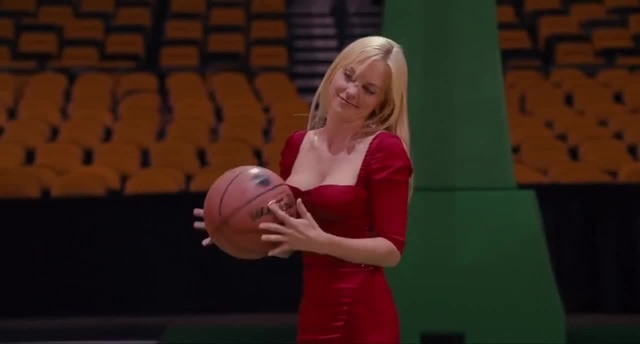A few weeks back a friend asked me to look at their new manuscript, and something about it gnawed at me. It was doubly gnawsome because it’s something I’ve wanted to talk about here on the ranty blog but could never quite find the right words for. We ended up talking and it suddenly hit me how to explain it. In fact, I asked them if we could pause for a few seconds so I could scribble some notes down for myself.
And now you get to benefit from these thoughts.
I’m guessing most of you have probably heard of Chekhov’s rifle. Basic idea is that if we see a rifle in act one, it should go off in act three. Because if it doesn’t go off… what’s the point of it? Why am I cluttering up my manuscript with rifles that don’t so anything.

Another way to look at this is a setup and a payoff. I make a point of bringing up X now, and later X becomes important for this particular scene, plot thread, or maybe the entire book. For some reason Dad gives Wakko his old pager and fifteen chapters later we realize the last number it received was actually the combination for the hidden vault in the basement. We learn Phoebe used to shoot hoops with her older brothers and then saving the Surf Shack comes down to who can make the most baskets in five minutes. Setup. Payoff.
Now, let’s discuss.
First off, the setup/payoff relationship isn’t quite its own thing. It’s more of a structure element than a literary device. Reveals use setups and payoffs. So do twists. It’s always going to be an aspect of something else, so I don’t want to be thinking of it as some separate, distinct thing.
Second is the big one, and it’s what I wanted to blather on about the most. I’m a big believer that time is a very large aspect of a good setup-payoff relationship. The more time elapses for my reader (or whatever audience I’m dealing with) between the setup and the payoff, the more powerful the payoff will be. My characters will look smarter. My threats will look bigger. My unspeakable horrors will look SO much worse
Or should be, if I’ve got everything else working right.
I’ve talked about this a little bit before. A twist, for example, doesn’t carry a lot of weight on page three. If I want this to just be a cool beat, it doesn’t need the extra time that an OH HOLY CRAP level payoff needs. That time lets my readers absorb the setup, settle into the story, and the more comfortable they are the more impact it’ll have when my payoff hits. So I want to make sure I’ve worked out the right amount of time between the setup and the payoff for the weight I want that reveal to have.
Actually, I just thought of a great metaphor. Imagine you’re leaning out a window with a fairly heavy-duty water balloon. If I just open a first floor window and drop it, there’s a decent chance that balloon’s just going to bounce on the sidewalk and maybe roll away. But from a fourth story window, that water balloon’s definitely going to burst. And if I’m dropping it from a tenth story window… I mean, that thing’s going to explode. It’s the same balloon, but the different distances change how much impact it has. Make sense?
Now, a few things to watch out for…

If I have shorter times between my setups and payoffs, they start to look different. More like I’m just throwing out solutions and then presenting a problem for them. Remember my example up above? It’s one thing if Wakko gets the pager on page nine and he figures out it’s got the vault combination on page seventy, but it’s got a very different feel to it if he gets it on page sixty-six and then figures out the combination four pages later. Especially if I have this sort of structure two or three times throughout my book. This is the kind of thing that makes my writing feel episodic as it happens, well, again and again. Again, dropping from the water balloon from the first story window. Even if it’s a really big water balloon, it might not burst as much as… fall apart? It just won’t be as dramatic.
Also, side issue, if I’m doing this later and later in my story, it can feel a bit fake. I’ve set up the world and my characters, but when I start introducing new elements in the back half just so I can solve problems… that’s probably going to feel a little cheaty. Especially in genre stories. What’s that? I never mentioned the SV-7 androids only have one weak point and it’s at the top of their head? Well, I’m mentioning it now that I’m up here on the catwalk above this one. Again, solution and problem vs setup and payoff.
And I’m not going to lie. Finding this time-reveal ratio can take a little work. It’s one of those things that’s going to be a little different for every situation and every story. And the only one who’s going to know what’s right is.. well, you. The writer. Because you’re the only one who knows how all these reveals and twists and other payoffs are supposed to land.
Y’see, Timmy, at the end of the day it’s really not about the water balloon—it’s about the size of the splash it makes.
Next time, I figured I’d get into the holiday spirit and talk about why it’s good to be the Invisible Man. Or Invisible Woman. Really, any Invisible Person.
Until then, go write.

